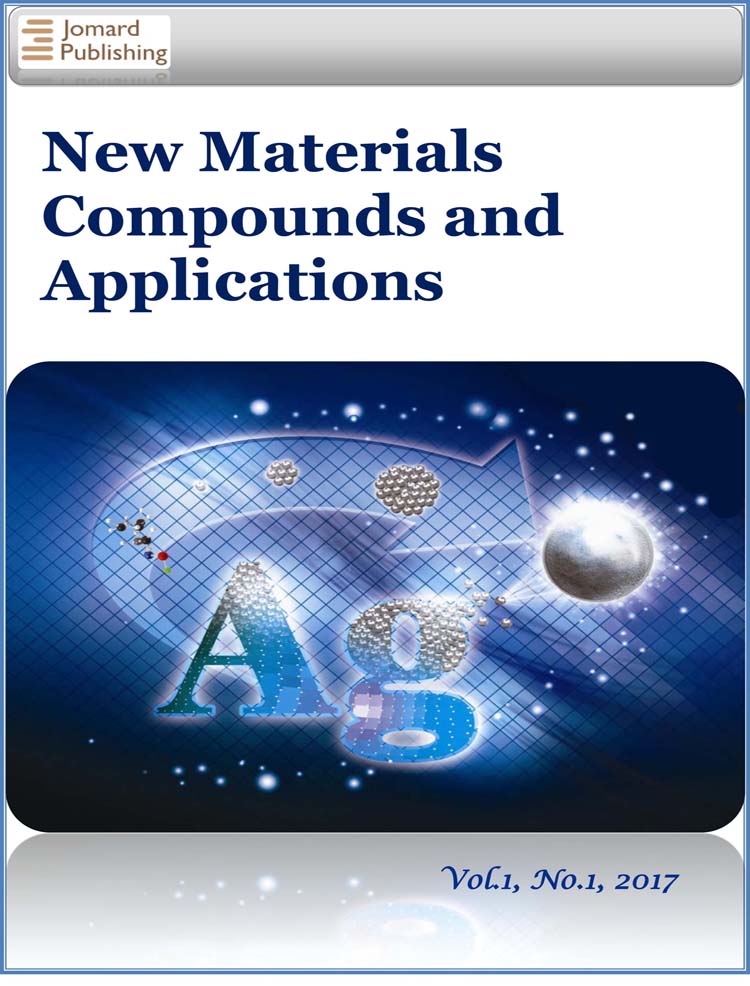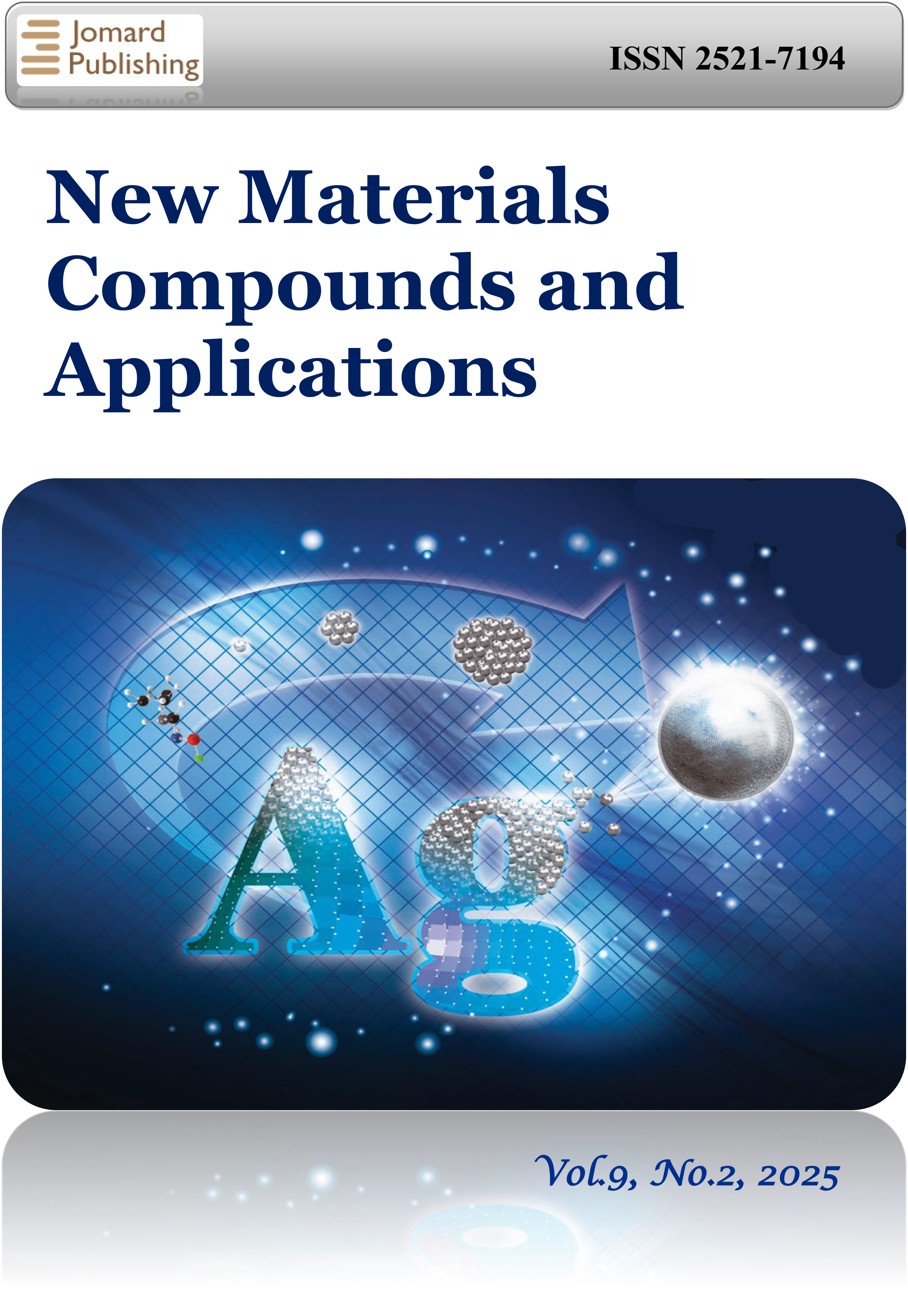Producing Feed Ca(H2PO4)2 based on Animal Bone Meal and Wet-Process Phosphoric Acid
- Published: 04-08-2025
Share
The sustainability of agricultural and livestock production critically depends on phosphate materials, a non-renewable resource facing accelerated depletion. Animal bones can serve as an alternative source of phosphorus and calcium, with the aim of helping to meet the growing demand for feed-grade phosphates. The findings demonstrated that decomposition of calcined bone with WPA with obtaining Monocalcium phosphate that could be an efficient and low-cost strategy to improve the husbandry use of animal bone and to reduce the dependency on natural ore. Monocalcium phosphate (MCP) is a highly effective and widely used feed phosphate in the animal nutrition sector, playing a pivotal role in enhancing livestock productivity. Its widespread application highlights its importance in advancing modern animal husbandry practices. Consequently, the development of efficient and sustainable methods for producing feed-grade MCP has become a key area of research. This study explores the production of MCP through the reaction of animal bone residues with concentrated wet-process phosphoric acid (WPA) at varying P2O5 concentrations (34.83%, 40.46%, 46.01%, 50.55%, 55.65% and 59.41%) in a recirculation system, aiming to optimize yield and quality. The structural and compositional characteristics of the resulting MCP samples were evaluated using X-ray diffraction (XRD) and scanning electron microscopy (SEM). The findings confirm the feasibility of producing high-quality MCP from bone meal under controlled conditions, offering a scalable, resource-efficient and environmentally sound approach to feed phosphate manufacturing.
- View 697
- Downloads 205
- Saveds 0
- Citations (Crossref) 0



